Description
Herbal medicines are now in great demand in the developing world for primary health care not because they are inexpensive but also for better cultural acceptability, better compatibility with the human body. Calotropis procera (Ait.) R.Br. (giant milkweed) belong to the family Asclepiadaceae, locally known as “aak” is being used as herbal medicine [1] and also found sculptured on Shiva temple symbolizing mythological cum medicinal value enjoyed by the plant in ancient India [2]. In the traditional Indian Medicinal system, this plant has been used for a variety of disease conditions including asthma, cold, cough, piles, ulcers, diarrhoea, heart diseases, leprosy, rheumatism and diseases of skin, spleen, liver and abdomen [3-5].
Calotropis procera Linn. possesses a wide range of biological activities such as anti-diabetic, analgesic, anti-flammatory, anti-arthritic, anti-oxidant, anthelmintic, anti-candidial, wound healing, anti-convulsant, anti-tumor, anti-asthmatic, hepatoprotective and cytotoxic. It is commonly referred to as Ark, Dead sea apple, Sodom apple, Swallow-wart or Milkweed and it found frequently in Indonesia, Malaysia, China and the Indian subcontinent as waste land weed. The Ark plant with white lowers is a superior variety and is referred to as Calotropis procera. In India, it is found from the Punjab and Rajasthan to Assam and Kanyakumari up to an altitude of 1050 meters. It grows abundantly in Rajasthan. It is found in waste lands and grows as a weed in cultivated areas. It also grows well on rubbish heaps, waste and fallow land, by the roadside and in sand dunes [6]. The inner bark of Calotropis is used to make strong fibres called madar which are used in the manufacture of weave carpets, ropes, sewing thread and fishing nets.
Ayurvedic Uses:
The parts of the plant used in Ayurvedic medicine are the leaf, roots, root bark, flower and latex in different formulation. It is thermogenic, laxative, anthelmintic, anticarcinogenic, expectorant, depurative and good tonic. It is used in worms and ulcer. The root bark has been used for cutaneous disease, intestinal worm, cough, ascites and anasarca. The root powder is useful in bronchitis, dyspepsia, gastroenteritis, dysentery, piles, boils, scrotal enlargement, filariasis, and cancer. The latex is thermogenic and used as blistering agent. In large dose it is purgative and emetic [9]. The powdered leaves are used for the fast healing of wounds, as a purgative and to treat indigestion. They are also used to treat skin disorders and liver problems. The dried leaves are used to promote sexual health including penile dysfunction and are reputed to be an aphrodisiac. Hot poultices are made from the leaves and to the stomach to relieve pain, and stop headaches and also applied to sprains to ease the swelling and pain. The flowers are used as a milk drink to treat a variety of complaints including coughs and catarrh, asthma and indigestion, as well as cholera. They are collected from September to February and are also used to treat piles when prepared in the form of a paste.
The root bark has been used for cutaneous disease, intestinal worm, cough, ascites and anasarca. The root powered is useful in bronchitis, dyspepsia, gastroenteritis, dysentery, piles, boils, scrotal enlargement, filariasis, and cancer.


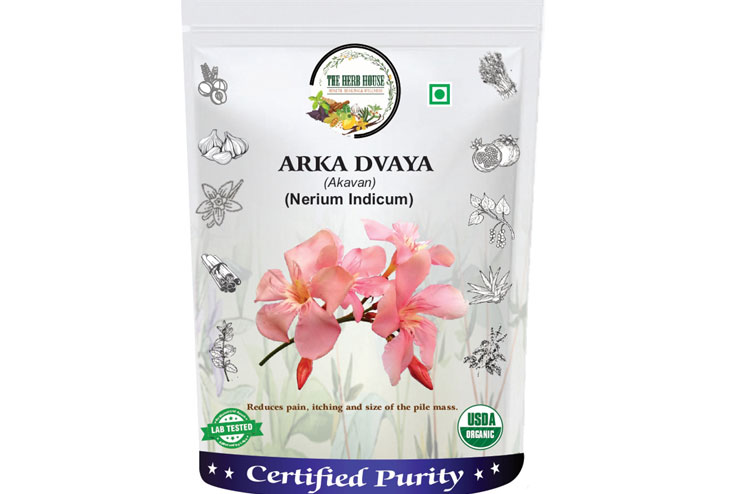
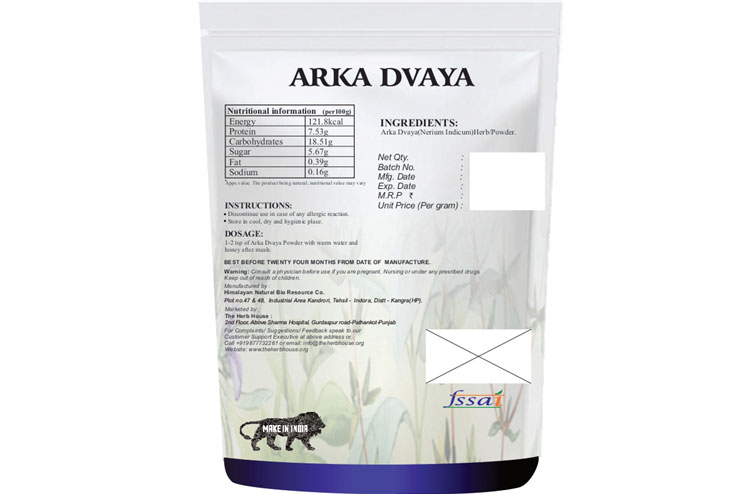
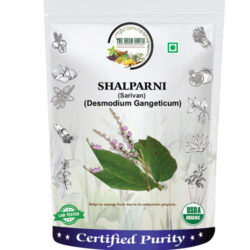
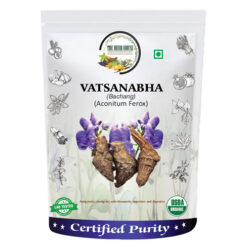
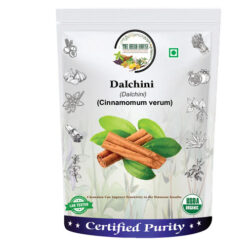
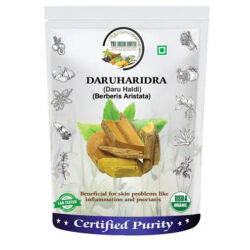
Reviews
There are no reviews yet.